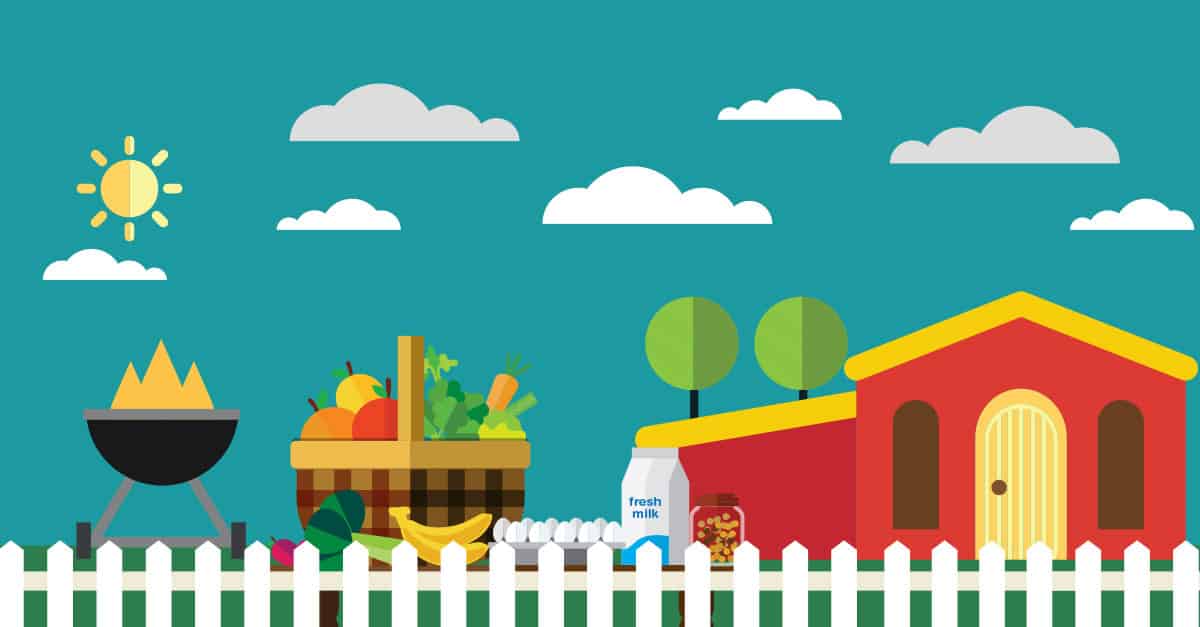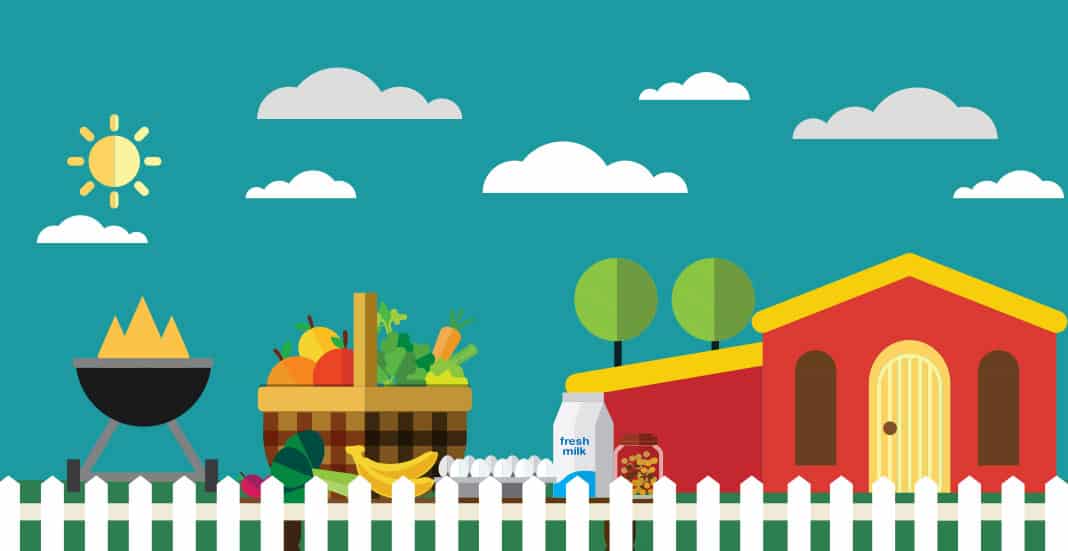18 Healthy Snack Recipes
Once you’re beyond school age, snacks often get a bad rap. They’re considered appetite spoilers and diet busters, or just plain unhealthy. Fortunately, as long as snacks are well planned, that not-so-great connotation couldn’t be further from the truth. A well-chosen snack can help meet nutrient needs, prevent overeating, and even help encourage healthy eating habits.
When the goal is to eat healthy or lose weight, one of the biggest battles can be against hunger. Long periods of time between meals, skipped meals, and poor food choices can all lead to frequent hunger pangs. While hunger is a healthy signal the body uses to notify us it’s time to refuel, when you’re too hungry it may be easier to make poor food choices (both of the food itself and of portion size).
A recent study at the Cornell University Food and Brand Lab showed that hungry grocery shoppers bought more high-calorie foods than non-hungry shoppers. In addition, eating when especially hungry may lead to portion distortion—you may be more inclined to eat out of a container versus dishing out an appropriate serving. Research shows we tend to eat more when food is in larger containers.
Even if we set out with the best intentions, life can get in the way. Say you had lunch around noon, it’s now pushing 6 o’clock, and you’re rushing to get dinner on the table. If your stomach is growling, are you more likely to wash, peel, and slice some carrot sticks or dive into a bag of potato chips?
To help prevent ravenous binging on an assortment of less-than-healthy foods, try to go no longer than three to four hours between eating during waking hours. For example, if breakfast is around 7:30 a.m., a 10:30 snack followed by lunch around 1 o’clock can help start the day off right. A snack around 4:00 can help prevent that late-afternoon energy crash as well as pre-dinner gorging. Eating moderate meals and small snacks throughout the day helps many people maintain a healthy weight. However there are some who find intermittent fasting (or a series of regular meals followed by periods of skipped meals) more beneficial. The idea is to do what works for you.
Snacking: It’s Not Just When to Eat, But What
A healthy snack is one that helps us feel satisfied until the next meal. Nutritious snacks shouldn’t tempt us to take a nap, nor should they leave us feeling hungry again soon after eating. It’s all about the right types of foods and in the proper portion sizes.
The body tends to quickly digest snacks made up of simple carbohydrates, meaning you may wind up hungry within an hour or so after eating. Simple carbs include sugary foods and drinks such as candy, soda, pastries, cakes, and cookies, as well as fruit eaten by itself. On the other hand, snacks with fiber, protein, and healthy fats take longer for the body to digest and can be more satisfying and filling for longer periods of time.
When it comes to portion size, keep in mind snacks aren’t extra meals, they’re more like mini meals. A snack should be roughly one-quarter to one-third the size of a meal, depending on an individual’s typical meal size. Shoot for roughly 200 calories (though it’s perfectly okay for some snacks to run a little under or over). Ideally, caloric intake of snacks will average out over time.
Snacks can also help people meet nutrient needs. With just three meals a day, it can be challenging to get all of the micronutrient and food group recommendations every day. For example, depending on an individual’s specific needs (based on age, gender, and amount of daily activity) he or she would need to eat roughly one cup of veggies, almost a cup of fruit, and a full cup of milk or yogurt plus the recommended grains, protein, and healthy fats at every meal, every day. Well-created snacks can help fill in nutrient gaps that may occur when only eating just three main meals a day—especially considering fresh fruit and cheese are the two most commonly chosen snack foods.
Now that we’ve got the importance of regular snacking under our belts, it’s time to move on to creative, satisfying, tasty, healthy snacks. When prepping or purchasing snacks, remember to include either a good source of fiber or protein (or better yet, both) to feel fuller for longer. In addition, healthy carbohydrates like whole grains, fruits, and vegetables can help keep energy stores up. By combining both types of foods, you can enjoy a snack that will both energize and satisfy.
Healthy Fiber Sources
Popcorn
Whole grain crackers
Whole grain bread
Whole grain cereal
Fresh fruits
Dried fruits
Fresh vegetables
Hummus
Healthy Protein Sources
Nuts
Nut butters
Cheese
Yogurt, especially Greek
Milk
Hummus
Cottage cheese
Hard-boiled eggs
Edamame
Healthy Carbohydrate Sources
Popcorn
Whole grain crackers
Whole grain bread
Whole grain cereal
Fresh fruits
Dried fruits
Conclusion
Whether you’re in a sweet or savory mood, some of the items on these lists should tempt your tastebuds. But don’t stop there. Use the ideas here as creative inspiration: Swap out types of cheese, fruits, seasonings, and more to make many your own healthy snack combinations.




